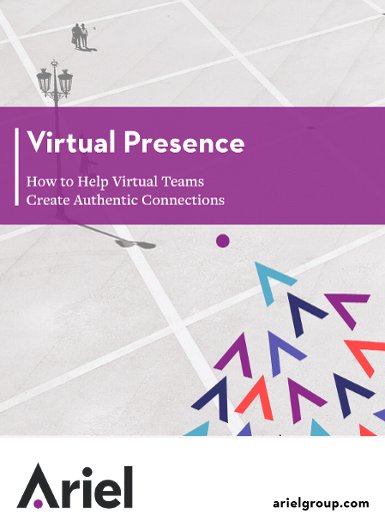This Is Your Brain on Stories

It all seems quite obvious, right? Not so fast. In reality, stories affect the brain, not the heart. Okay, fine, the emotional part of the brain, but the brain nonetheless.
Last night I went to the theater and saw a new play called “Good People” by David Lindsay-Abaire. It blended poignant commentary about class and opportunity with brilliant comic writing. The audience (including myself) was moved to both lump-in-the-throat emotion and raucous laughter. Yes, quite literally, we laughed, we cried. To use the cliché, this well-told story touched our hearts. Or did it?
Out of the tradition of theater and storytelling comes our long-standing belief that stories are one of the most effective ways to communicate. Stories touch the heart, awaken the emotions, and help us connect with the feelings of an audience or individual – all working together to ensure that our message lands more effectively.
It all seems quite obvious, right? Not so fast. In reality, stories affect the brain, not the heart. Okay, fine, the emotional part of the brain, but the brain nonetheless.
Brain research has come a long way in recent years and we now understand where in the brain the emotions created by stories occur. And not a moment too soon, either, as scientists and philosophers as far back as Aristotle have struggled to do anything beyond theorizing the nature of our emotional connections to storytelling.
In particular, the technical boom of the 1990s brought us such neurological technologies as the MRI, CT scan and PET scan, granting the user the ability to monitor and trace the body’s response to stimuli. Thus, for the first time in human history, scientists were able to pinpoint the exact spot at which our emotional connections to storytelling occur – the limbic system, a series of complex structures located atop the brainstem that dictate the body’s emotional responses.
So the next time someone tries to tell you that connecting with the heart is too touchy-feely and we should really focus on data for the brain, you can tell them that it is, in fact, the limbic system in the brain that processes stories first, before they can even reach the neocortex (where all the analysis goes on).
In their book, What Great Salespeople Do, authors Bosworth and Zolden say the following: “Stories cater to the part of the brain that decides to trust – the part that says, ‘I’m going to change.’” What better way could there be to inspire a team, to motivate a buyer, to influence your boss or to promote a new idea? So in a certain light, the way to a person’s heart is actually through the brain and the route to the most responsive part of the brain is a story.
The well-known TV producer and storytelling advocate Peter Guber once said in a great HBS article from 2007 that storytelling is an essential tool for business leaders, and that when telling a story that motivates and inspires, “The mind is part of your target but the heart is the bulls eye.” I couldn’t agree more.
